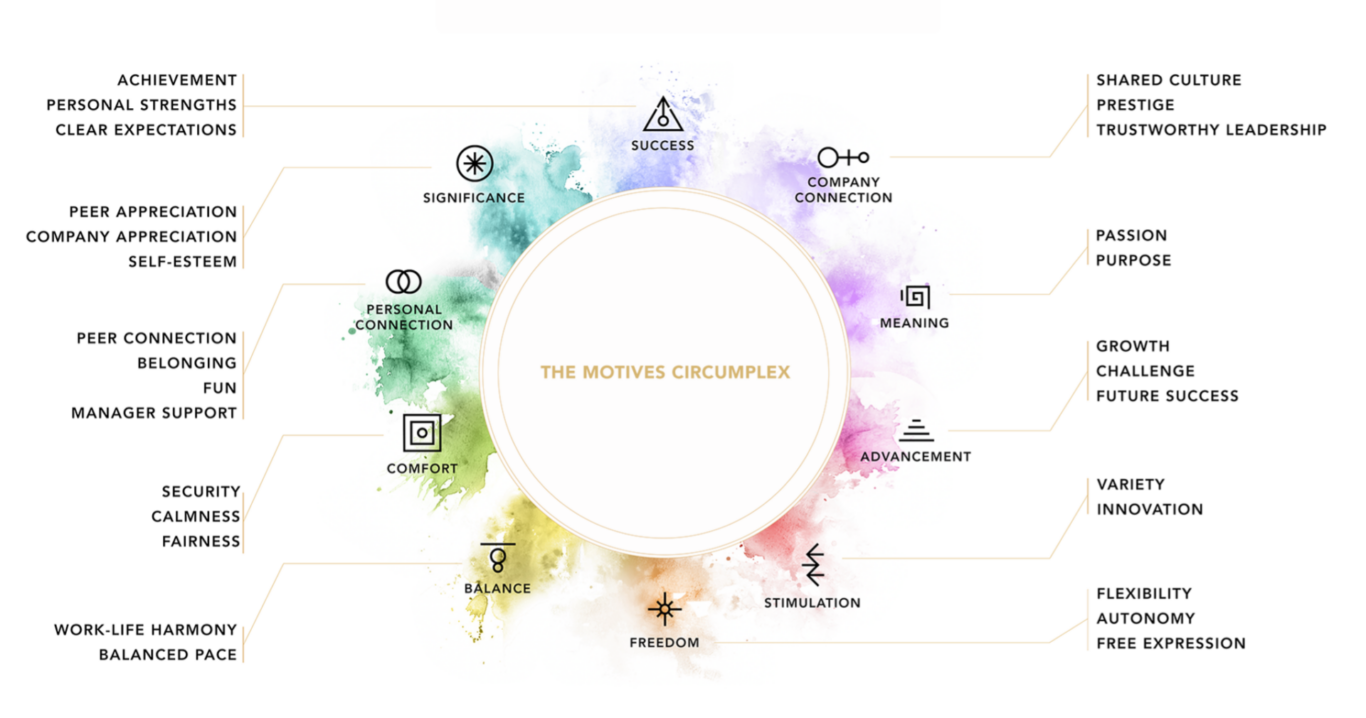Only 16% of people are thriving at work – Here are five strategies to change that in 2025
In this exclusive UNLEASH OpEd, human behavior expert and best-selling author Kelly Mackin weighs in.
Expert Insight
It's a new year, but employees across the world are still struggling with their mental health.
Here are five ways to really move the needle and truly tackle burnout in 2025.
That's according to human behavior expert Kelly Mackin.
As the workforce enters a new year, the spotlight on health and happiness in the workplace has never been brighter.
Yet, research encompassing over 5,000 online interviews found only 16% of people are thriving at work.
Despite good intentions and initiatives aimed at a flourishing employee experience, many are missing the mark, causing a wave of negative effects that touch everyone—leaders, employees, and the bottom line.
2025 doesn’t have to be another year of burnout and Band-Aid fixes—it can be the year leaders finally get workplace wellbeing right.
Here are five strategies to do it.
1. Lead With a Motive Mindset
HR professionals and people leaders are inundated every year with conflicting advice about what matters most to employees.
One research study claims belonging is the ultimate key to engagement and retention, while another insists it’s all about purpose or appreciation. Meanwhile, books and thought leaders champion remote flexibility, while others emphasize the importance of in-person connections.
The result? A tidal wave of well-intentioned but contradictory advice that often leads to more confusion than clarity.
Here’s the truth: Thriving at work isn’t about the latest buzzword or a mythical golden ticket.
There are 28 foundational motives—the psychological, emotional, and social needs—that drive employees’ ability to be well and perform well at work.
As outlined in the framework below, they fall into 10 overarching domains:

All 28 motives matter, but they don’t matter equally to everyone.
The challenge for leaders is to quiet the noise and embrace a new way of thinking that moves beyond oversimplified solutions in favor of understanding how each person’s wellbeing and performance are shaped by their unique blend of motives: their essentials, secondary priorities, and less critical needs.
The ultimate goal is to create workplaces where each person’s most important human motives are honored, protected, and strengthened.
2. Embrace motive diversity
Inclusivity is a cornerstone of work fulfillment, yet embracing the diversity of human needs is often overlooked.
Subconscious biases, held by both employers and employees, can subtly but significantly harm team cohesion, wellbeing, and the ability to meet everyone’s needs effectively.
Some motives can be treated with favoritism, or be a hot topic of the moment, while others can be judged, dismissed, or forgotten.
For example, the need for purpose may be put on a pedestal while fun may be considered frivolous.
Similarly, calmness or work-life harmony might be frowned upon, whereas growth and achievement are glorified.
Respecting the diversity of motives is vital because the priorities of one person’s motives can naturally create tension with those of others.
For instance, the desire for security may conflict with the drive for innovation, and the pursuit of work-life harmony might challenge ambitious growth goals.
The goal isn’t to try and avoid these tensions—it’s to address them head-on fostering a shared understanding with employees that a thriving culture is something that is co-created jointly by learning to live in the tension of these needs well through communication, compromise, and sometimes tough choices.
3. Take a human-centered approach
Thriving isn’t possible in dehumanizing environments.
It happens in places where leaders truly care, creating a two-way relationship that inspires employees to care in return.
It means getting to know employees as human beings with unique human motives that drive them.
Here’s how to humanize your approach:
- Have meaningful one-on-one conversations: Go beyond surface-level check-ins and create opportunities to discuss employees’ motivations and well-being drivers. Focus on showing real curiosity and care. It’s not about ticking a box but building authentic relationships with greater trust.
- Ask thoughtful questions: Questions like “Which of these motives are most important to you right now, and why?” can open the door to valuable insights. Questions are an invitation to answers you wouldn’t get otherwise and invite greater psychological safety and honesty.
- Tailor your support: Knowing what matters most to team members, leaders can turn conversations into results with actionable steps. Maybe it’s pairing a team member with a mentor to reignite their growth or giving them the space to focus on work-life harmony during a challenging season. The efforts of HR and people leaders will go further when they’re laser-focused on what each individual needs most.
4. Take prevention and proactive action
Far too often, caring for the mental health and happiness of employees is an afterthought, a passive and reactive approach is the default rather than a proactive and preventative one.
It isn’t until employees are halfway out the door that organizations start to notice the cracks.
By then, the damage to morale and mental health has already been done, making recovery far more challenging. Prevention is always better than needing to find a cure.
Proactive wellbeing strategies focus on identifying potential issues before they escalate and embedding preventative measures into daily operations.
An essential part is identifying emotional triggers —subtle yet powerful indicators that roadblocks are emerging.
Ultimately, getting needs like fairness, free expression, or appreciation met is deeply tied to how people want to feel—and how they don’t want to feel—at work.
Feelings of insecurity or overwhelm are warning signs that shouldn’t be ignored, look for patterns in feedback that reveal these potential stressors.
5. Create a wellbeing action plan
To make 2025 the year where employees and the business truly thrive, a tangible wellbeing action plan is needed.
This plan celebrates areas of strength, addresses opportunities for growth, and focuses on alleviating employee struggles.
Use these ideas as a guide while shaping your plan:
- Tap into employee wisdom: Employees are an untapped goldmine of ideas. Actively involve them in creating the plan through surveys, brainstorms, or simply creating space for open dialogue. Managers can contribute valuable observations from one-on-one conversations and team discussions. Collaborate with leaders across the organization to pool ideas and gain fresh perspectives.
- Think big, think small: Want to elevate employees’ ability to feel proud, secure, valued and inspired? It doesn’t always require massive action. Sometimes, it’s the small, thoughtful changes that make the biggest impact on wellbeing. But don’t shy away from bold, ambitious ideas that can be transformative or forget to identify both the “to-dos” and the “to-don’ts”—the boundaries that need to be set.
- Challenge limiting beliefs: Take a hard look at the beliefs and assumptions that might be holding teams back. Are there outdated ideas about work-life harmony or what success looks like standing in the way? Be willing to challenge beliefs that no longer serve the team.
- Evaluate systems and policies: Zoom out to the bigger picture. Which systems, policies, and guidelines support employee motives—and which ones don’t? If they don’t align with a people-first approach, it’s time to reimagine them.
Thriving workplaces don’t happen by chance. They’re built by leaders who turn good intentions into real action.
By following these strategies, ill-being will stay where it belongs—in the past.
The future of work depends on how well organizations care for their people today.
Sign up to the UNLEASH Newsletter
Get the Editor’s picks of the week delivered straight to your inbox!

Author , Work Life Well-Lived
Kelly Mackin is a human behavior researcher and best-selling author of "Work Life Well-Lived."
Contact Us
"*" indicates required fields
Partner with UNLEASH
"*" indicates required fields